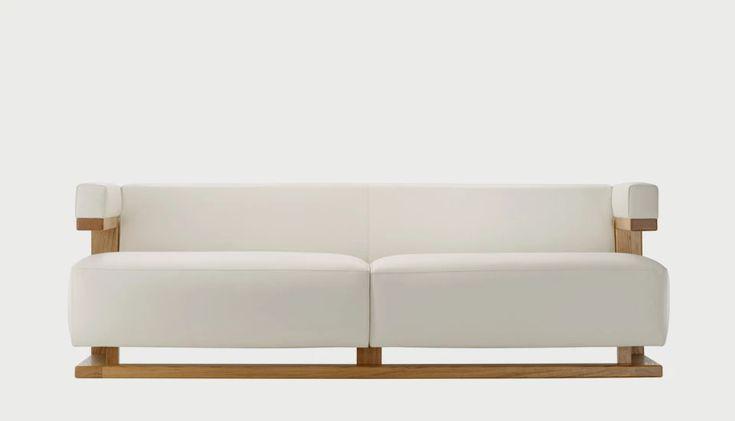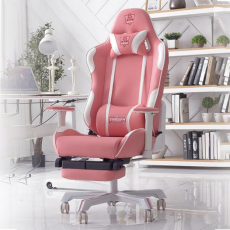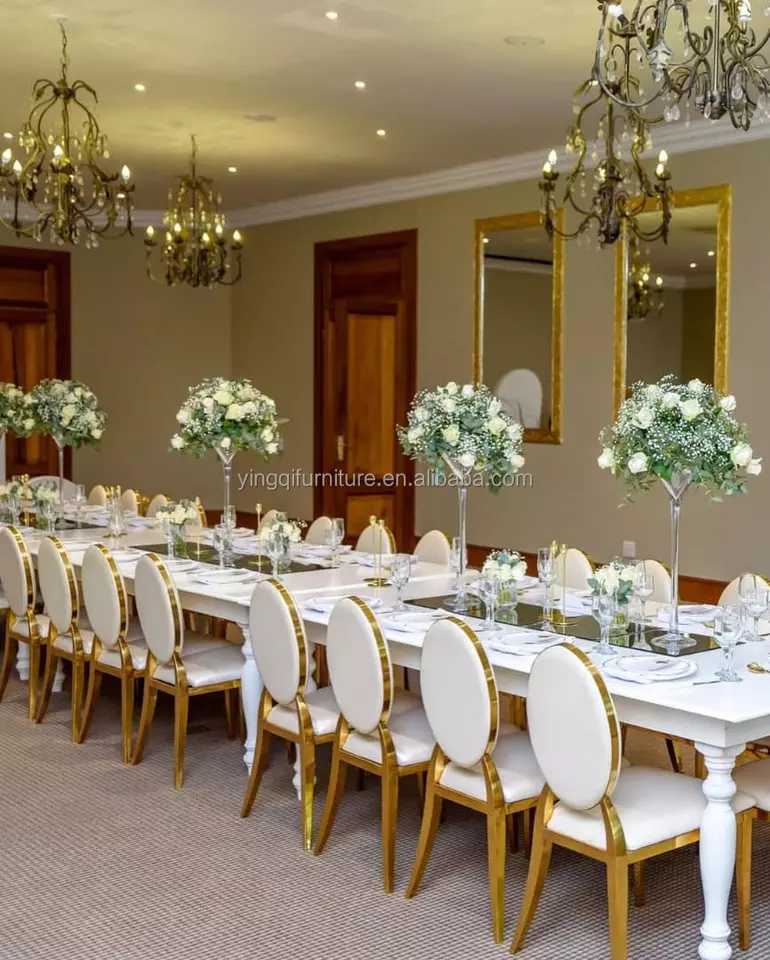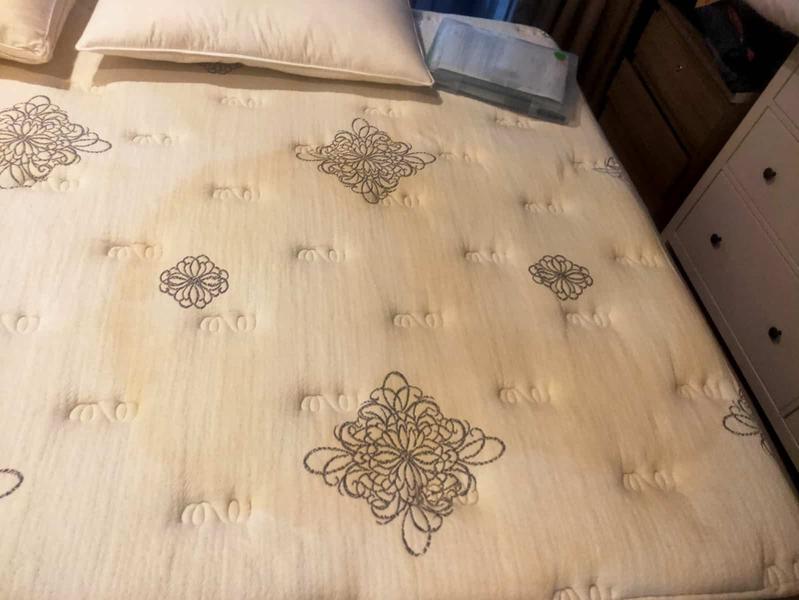Iconic Furniture Designs: 15 of the Very Best | Highsnobiety
The designs and ideas of the Modernist era went on to shape the face of furniture design as we know it, and many of those pieces are now certified works of art. If you're still struggling to tell your Rams from your Van Der Rohe, read on for a thorough schooling.
It’s easy to forget that the chair you’re sitting on is part of a constantly evolving design process that extends back pretty much to the start of human existence. Since early man first needed a place to sit (or a shelf to store his rocks), furniture design has been a necessary part of life. It wasn’t exactly IKEA, but archaeological research actually shows mankind was creating cupboards, dressers, shelves and seats, all the way back in the eighth century BC.
Zap forward several thousand years to 1920, and furniture design had progressed a little bit. In fact, it was the start of a revolution – a movement known as Modernism. The social impact that Modernism had on contemporary life is vast. It’s a little similar to the effect the printing press had on literature. Before Modernism, cumbersome, weighty and expensive wooden furniture was the norm. Mass production wasn’t possible and a piece’s value was measured purely in the time it took an artisan to make it.
With the rise of Modernism, techniques to create brilliantly simple, stackable, comfortable furniture could be licensed and produced everywhere. New materials and techniques – like tubular steel and wood-bending – were being experimented with. Designers and architects collaborated in creative hothouses like the Bauhaus School and De Stijl, and later through enormous furniture design houses like Knoll.
The modernist focus was on creating clean, light, functional furniture, with smart material use that could be mass-produced affordably across the globe.The following fifteen pieces can all broadly be grouped together as modernist, and while there are many other modernist pieces that can justifiably be termed "iconic," these are the ones we believe anyone with a vague interest in the topic should be aware of.
Model: F 51 Armchair and Sofa SuiteDesigner: Walter GropiusYear: 1920
Walter Gropius was the founder of the Bauhaus School, and that makes him one of the grandaddies of modernist furniture. He designed the F 51 Armchair and Sofa in 1920, specifically for the director’s office at the Bauhaus – which explains its imposing design. Once you’ve stripped away the generous layers of padding, the F 51 is significant for its cantilevered frame, meaning the armrests float above the cushions and the bottom of the sofa doesn't touch the ground. This offsets its weighty form, making this massive object appear to be levitating. The technique would go on to influence the cantilevered chair designs of Mies van der Rohe, whose work ultimately defined much of the furniture of today.
Model: Model B3 ChairDesigner: Marcel BreuerYear: 1925
The B3 is commonly known as the Wassily Chair, after designer Marcel Brueur made a duplicate of the original for famed artist Wassily Kandinsky. This 1925 piece was a eureka moment in material use for furniture design. Brueur was a tutor at the Bauhaus – and frequently rode a bicycle there. He realized that if tubular steel could be bent and used for bike handlebars, it could also be used to create furniture. He then set about molding the elegant outline of the B3. The result is a frame that’s like the ghost of an over-stuffed gentlemens’ club chair – just the skeleton, without all the unnecessary padding. And yet, every bit as comfortable. Its revolutionary use of tubular steel would go on to change the face of furniture design forever.
Model: Bauhaus Nesting Side TablesDesigner: Josef AlbersYear:1926
When we think of Bauhaus or modernist furniture, it’s easy to characterize it as all steel, glass and neutral colours. However, some Bauhaus designers created furniture that acted as 3D representations of their work with paint and canvas. Josef Albers was one such artist. His two-dimensional artworks Homage[s] to the Square dealt with color and geometry, while these 1926-7 nesting tables quite literally added another dimension to those works. Each was crafted from acrylic-layered glass and solid oak, and used the three key Bauhaus colours: red, yellow, and blue. Designed to work "independently and interdependently" of each other, they’re a living, functional embodiment of experimentation with geometry and form.
Model: LC4 Chaise LongueDesigner: Le Corbusier, Pierre Jeannerret, Charlotte PerriandYear: 1928
Le Corbusier called the LC4 chaise longue a "relaxing machine." It’s built around the idea that, with the user always at the center of modernist design principles, both form and function could be placed specifically at the service of ergonomics. In other words, both the LC4’s geometry and its materials were designed with one thing in mind: ultimate comfort. After its exhibition at the three designers’ Le Equipment d’une Habitation stand at the Paris Autumn Salon in 1929, the LC4 went on to become one of the most well-known and most desirable pieces of 20th century furniture around.
Model: LC2 Grand Confort, Petite Modèle armchairDesigner: Le CorbusierYear: 1928As one of the undisputed pioneers of the modernist era, Le Corbusier once said, "chairs are architecture, sofas are bourgeois." The LC2 Grand Confort, Petit Modèle is as architecturally imposing a chair as you’re ever likely to sit on. Designed in 1928, it’s held together by an external, tubular steel "corset," and filled with a goose-down cushion, all resting on an L-shaped steel frame. Le Corbusier himself described it as a "basket of cushions." The cube shape was a response to club armchair design, and is a masterclass in simplifying, finessing and subtracting from something until only the fundamentals remain.
Model: Barcelona ChairDesigner: Mies van der RoheYear: 1929

Mies van der Rohe was a modernist colossus, dominating the worlds of both architecture and furniture design. The Barcelona Chair is perhaps his most iconic furniture piece. Its design is inspired by the "X" shapes of Egyptian folding chairs and Roman folding stools, and was intended to elevate these humble designs into a throne worthy of royalty (it was intended for the Spanish royal family to rest their weary legs at the 1929 Barcelona Exposition).In 1930, Mies was named head of the Bauhaus, just before it was shut by the Nazis. It wasn’t until 1950 that he revisited the Barcelona Chair design, using updated techniques to create its cantilevered frame from a single piece of steel. This refined version was picked up by the Knoll furniture company and produced across the world. It’s still one of the most well-known chair designs on the planet.
Model: Stool 60Designer: Alvar AaltoYear: 1933
The Alvar Aalto stool looks pretty simple – and that’s because it is, made from just three legs and one round seat connecting them all together. But this information belies the enormous amount of thought that went into its creation. Aalto once said "the chair leg is the little sister of the architectural column." He realized that it would be very easy to mass-produce these "columns" if you could only avoid the lengthy process of right-angled joints in wood. The way around this turned out to be to bend the wood itself, with Finnish birch proving to be the best choice. And thus, a whole new construction technique was born.
Model: Nelson Platform BenchDesigner: George NelsonYear: 1946
The Nelson Platform Bench is the perfect demonstration of design as a "pivot point" that goes on to change the course of culture as a whole. It’s easy to look at this piece now and think "IKEA." But that’s precisely why it’s so important. It was designed in 1946, and at the time, its clean, rectilinear lines were shockingly new. George Nelson’s philosophy of "honest" design didn’t require the bench to be anything more than it was – no ornamentation, no frills, only function, flexibility and practicality. It’s easy to see the effect that it has had on much of the furniture of today.
Model: Noguchi Coffee TableDesigner: Isamu NoguchiYear: 1947
One of modernism’s most interesting attitudes to form is the idea of clarity. The Noguchi Coffee Table has zero concealed parts: it’s made of just three components, all of which are revealed in their entirety. The sweeping lines of the table hint at designer Isamu Noguchi’s background as a sculptor. In fact, the 1947 Herman Miller catalogue described the coffee table as "sculpture for use." This masterpiece of product design is still licensed by Herman Miller today, with whom Noguchi enjoyed a long and productive relationship.
Model: Florence Knoll SofaDesigner: Florence KnollYear: 1954
Florence Knoll is best known as the design director of the Knoll furniture company. She took over its day-to-day running from her husband, Hans Knoll, after he was killed in a car crash in 1955. Knoll, as a company, acted as a sort of record label for top-tier designers at the time, and Florence persuaded architects like Mies van der Rohe and Eero Saarinen to contribute furniture designs to its books.As such, Florence Knoll’s major contribution to furniture design was as a kind of creative director for the entire industry. Many of the company’s designs were also her own, all of which were a driving force in shaping the office aesthetic of the 1950s and ‘60s (much of which brings Mad Men to mind). Her sofa is an iconic piece in its own right, and sums up her attitude to aesthetics: square geometry, a mix of textiles and steel, and a clean form that still looks fresh today.
Model: Eames Lounge ChairDesigner: Charles and Ray EamesYear: 1956
Husband-and-wife design team Charles and Ray Eames created this iconic piece from a desire to improve the lounge chairs commonly seen in many American basements. The Eames Lounge Chair’s purpose is simple: comfort. The designers said they wanted it to have the "warm receptive look of a first-baseman’s mitt." When the chair and Ottoman were introduced in 1956, this homely intention led to much greater things. The design has become one of the most instantly-recognizable pieces from the 20th century and still looks just as fresh now as the day it was released.
Model: Egg ChairDesigner: Arne JacobsenYear: 1958
You’ve seen the Egg chair around: it’s everywhere. Even McDonald’s has the Egg in their swankier outlets. While it may seem a little bit Austin Powers, the idea behind the Egg’s form is that it should give its user some privacy while in public spaces. And it works, thanks it its high, cocooning sides. The Egg was originally purpose-designed by Arne Jacobsen for the Radisson SAS hotel in Copenhagen in 1958. It became one of the best-known chair designs around and is still one of the most instantly recognizable pieces from the period.
Model: 606 Universal Shelving SystemDesigner: Dieter RamsYear: 1960
Dieter Rams’ concept for the 606 shelving system started with the thought that "a bookcase should be neutral, its life comes from the books it contains." He extended this to create a neutral, fully modular shelving system that is custom built for every house it exists in. Designed in 1960, the 606 system is much more than a bookcase and can adapt to accommodate anything you need it to, from art objects to architectural documents. Its value is in its modular flexibility, and it’s instantly recognizable from the clean, crisp lines that permeate all of Rams’ design work. It’s not hard to see the legacy the 606 has had – there are now cheap imitations to be found everywhere.
Model: Arco Floor LampDesigner: Achille and Pier CastiglioniYear: 1962
The brief for the Arco floor lamp was simple: create an overhead light without the hassle of wiring it into the ceiling. The result is a perfect demonstration of the sweet spot where form and function meet: a heavy marble base, an arched steel neck, and a free-hanging bulb and shade – all working together to create an object that’s as simple as it can be and totally nails its brief. Designed by the Castiglioni brothers in Milan, the Arco lamp is reported to be inspired by street lighting. Since 1962, it has become a much-imitated piece, spawning many imitators and knock-offs. Looking around modern lighting shops, it’s easy to say you’ve seen it a million times before, but the clarity of thought that went into the original design in the ‘60s proved to be a pivot point that changed lighting design forever.
Model: 620 Chair ProgrammeDesigner: Dieter RamsYear: 1962
Dieter Rams’ motto was "less but better." With that in mind, it’s easy to see why Apple design chief Jony Ive takes such close inspiration from his work. The 620 armchair embodies this idea perfectly. Looking like it’s been lifted straight out of the first class cabin on Concorde, the minimal, precise 1962 design is completely modular. It’s actually described as a "kit of parts, not just a chair" by makers Vitsoe, who sell it today. Release the bolts, remove the side panel, and you can build a sofa from as many 620s as you like. What's more, it was consciously designed from components that would get better with age, maturing and improving the more it was used. A chair to last a lifetime, or perhaps more.Words by Mark Edwards for Highsnobiety.com
Copyright © 2023 furnitureknowledges.com. All rights reserved.







